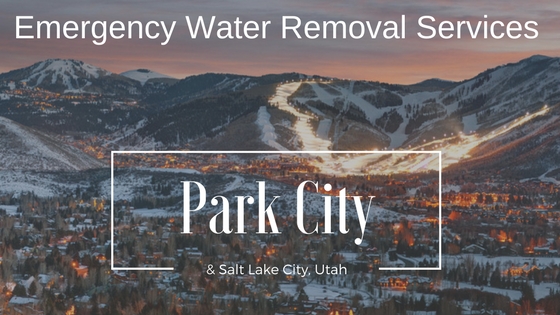The smart Trick of "Understanding the Drying Process During Water Removal and Restoration" That Nobody is Discussing

Water damage can be devastating for any sort of home. Having said that, when water damage influences hard wood floors, the risks are a lot greater. Unlike various other materials, lumber is especially at risk to water damage, and hardwood floorings need exclusive treatment to keep in good ailment. If you're working along with water damages on your hard wood floorings, don't overreact! Along with a few suggestions and secrets, you can easily efficiently clear away water from your floors and stop additional damage.
First Things First: Evaluating the Damages
Before you begin getting rid of water from your wood floorings, it's necessary to determine the level of the damage. If there's simply a small amount of water on your floor, you might be able to manage the circumstance yourself. Having said that, if there's a huge quantity of standing water or if the water has been sitting for an extended time period of opportunity, it might be finest to get in touch with in a expert.
If you decide to tackle the situation yourself, begin through clearing away any kind of household furniture or items coming from the affected area. This are going to offer you even more space to operate and prevent more damages. Next, use towels or a damp/dry out vacuum cleaner to take out as a lot standing water as possible. Be sure to function promptly – the longer water rests on your wood floorings, the even more harm it can induce.
Drying Out Your Hardwood Floors
Once you've cleared away as much standing water as achievable from your real wood floors, it's time to dry out them out totally. There are several approaches that can easily be made use of for drying out out wood floorings:
1) Supporters: Spot fans around the affected location and transform them on higher speed. This are going to assist flow sky around your floors and speed up evaporation.
2) Dehumidifiers: A dehumidifier can easily help remove excess dampness from the air encompassing your real wood floors.
3) Warmth: Transform up your home's temperature or make use of area heaters in the affected location (if risk-free). Cozy air may help evaporate moisture a lot faster than amazing sky.
4) Professional Equipment: If the water harm is significant, a professional water extraction business may use specialized tools, such as industrial-strength supporters and dehumidifiers, to dry out your floors.
Stopping Additional Damage
Once your hard wood floorings have been dried out, it's vital to take measures to prevent more damage. Below are a few recommendations:
1) Stay clear of Strolling on Wet Floorings: If your wood floors are still moist, prevent walking on them as much as feasible. Excess body weight can easily cause further damages and leave long-lasting marks.
2) Make use of Fans and Dehumidifiers: Proceed making use of fans and dehumidifiers until your wood floors are completely dry out. This will certainly aid prevent mold development and further damage.
3) Examination for Warping: As your hard wood floors dry out, keep an eye out for any kind of signs of buckling or distorting. If you discover any type of problems, call in a specialist right away.
4) Refinish Your Hardwood Floors: If the water harm is considerable, you may need to have to refinish your wood floors to repair them to their previous grandeur.

In Final thought
Water damage can be devastating for any type of house – especially when it has an effect on wood floors. However, along with Source and methods for taking out water coming from your real wood floors, you can easily properly restore them to their previous appeal. Keep in mind to act swiftly when working along with water harm and always be on the search for indications of additional damages. With proper care, you can make sure that your hardwood floorings remain attractive and functional for years to happen.
